I hope you’re ready for Animal Classification! Welcome to the Episode 53 page of Ramping Up your English, where we’re learning about Animal Classification, plus a bit about saving unique habitats.
How would you classify this animal?
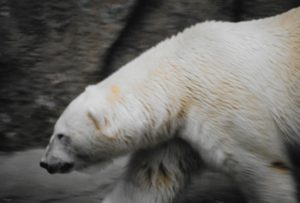
Watching Episode 53
Entire Episode
To watch Episode 53 ad-free, click here.
By Segment
To watch by segment click on the desired segment below (segments are around 10 minutes each).
Click here to watch Segment One.
I accidentally call this Segment 2 on the program, but don’t worry. It’s Segment 3.
Videos used in Episode 53
Click to view the video Mammals
To see or download the same video without ads, click here to see it on archive.org.
Click here to view the SOCKS segment on BONES.
Language Objectives
Use geographic information and a description to locate an area on a map. Locate an animals’s classification information using a resource. Use simple phases to present facts about an animal’s classification.
Academic Content Objectives
Social Studies: Geography: Use a map’s key to locate information on a map of the United States. Name major geographic regions and locate them on a map of the United States. Science: Name the kingdoms and phylums living things. Identify the traits that separate animals into phylums. Name the orders of vertebrate animals. List the criteria by which vertebrates are classified into their respective orders. Utilize resources to find an animal’s classification, from kingdom to genus and species. Use accepted format to list the classification information of an animal.
Episode Summary
Episode 53 is focused on finding and reporting the classification of an animal. English learners become aware of the basic classification, how to find it, and how to report it. Nonetheless, we begin the episode with information about habitats – specifically, about saving unique habitats. Our source of information is a National Geographic® Map that displays information about the frequency of a habitat’s occurrence – be it rare or common. The rationale behind National Geographic’s work is clearly stated on the map itself: The greatest threat to diversity of life on Earth is loss of habitat. Especially relevant to local viewers, we consider the Cascade-Siskiyou National Monument. The monument was expanded by President Obama but it now being “reconsidered” by President Trump. It’s in the rare habitat category, however its future looks bleak despite over 200,000 local residents entering comments supporting the monument. Notwithstanding that outpouring of support, the advise of the Interior secretary is to reduce the size of the monument. (For science information on the Cascade-Siskiyou National Monument, I refer viewers to research conducted by Klamath Bird Observatory – an organization that takes a non-advocacy approach to conducting high-quality science research in the region. You can visit their website at KlamathBird.org.)
We viewed a video about one vertebrate order of animals – Mammals. We also featured a short from an RVTV program entitled Southern Oregon Classic Kids Show about bones. Notwithstanding that emphasis, we nonetheless delved into all the orders of vertebrates, and even into the phylum of invertebrates. We quickly listed the characteristics of each vertebrate order using a chart from McGraw-Hill Children’s Publishing®. I then modeled the connecting words and phrases for reporting an animal’s classification. For a general report, the animal’s order will likely be sufficient. For a more formal report, I demonstrated how to find and report classification information down to the genus and species level.
Learning Materials Used in this Episode
Click on a slide to enlarge it. Use your back navigation key to return to the Episode 53 page.
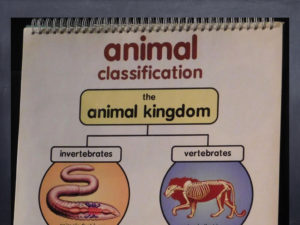
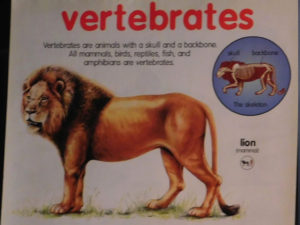

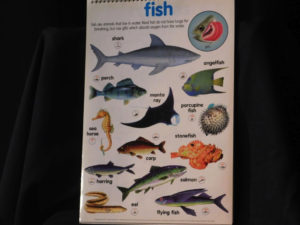
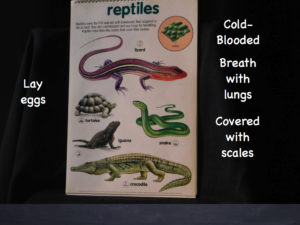
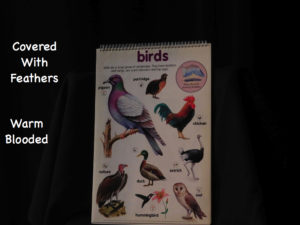
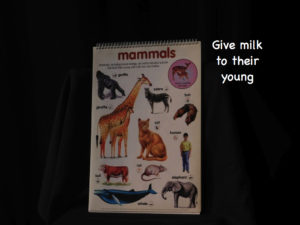
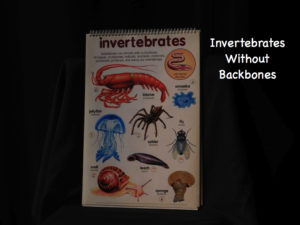
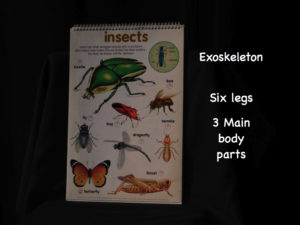
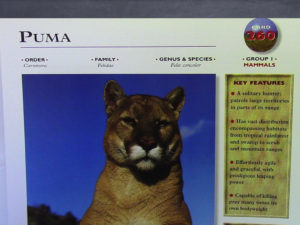
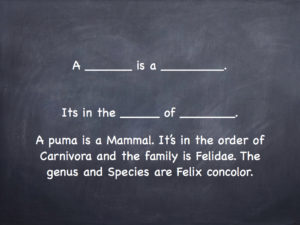
Next Episode
Episode 54 is a real HOWL! Click here to view the Episode 54 page.
To watch the video on Mammals, click here.
Next Episode
In our next episode, we feature a mammal that has a close but troubled relationship to humans. Click here to visit the Episode 54 page.
Viewing Episode 53
For an ad-free viewing experience, click here.